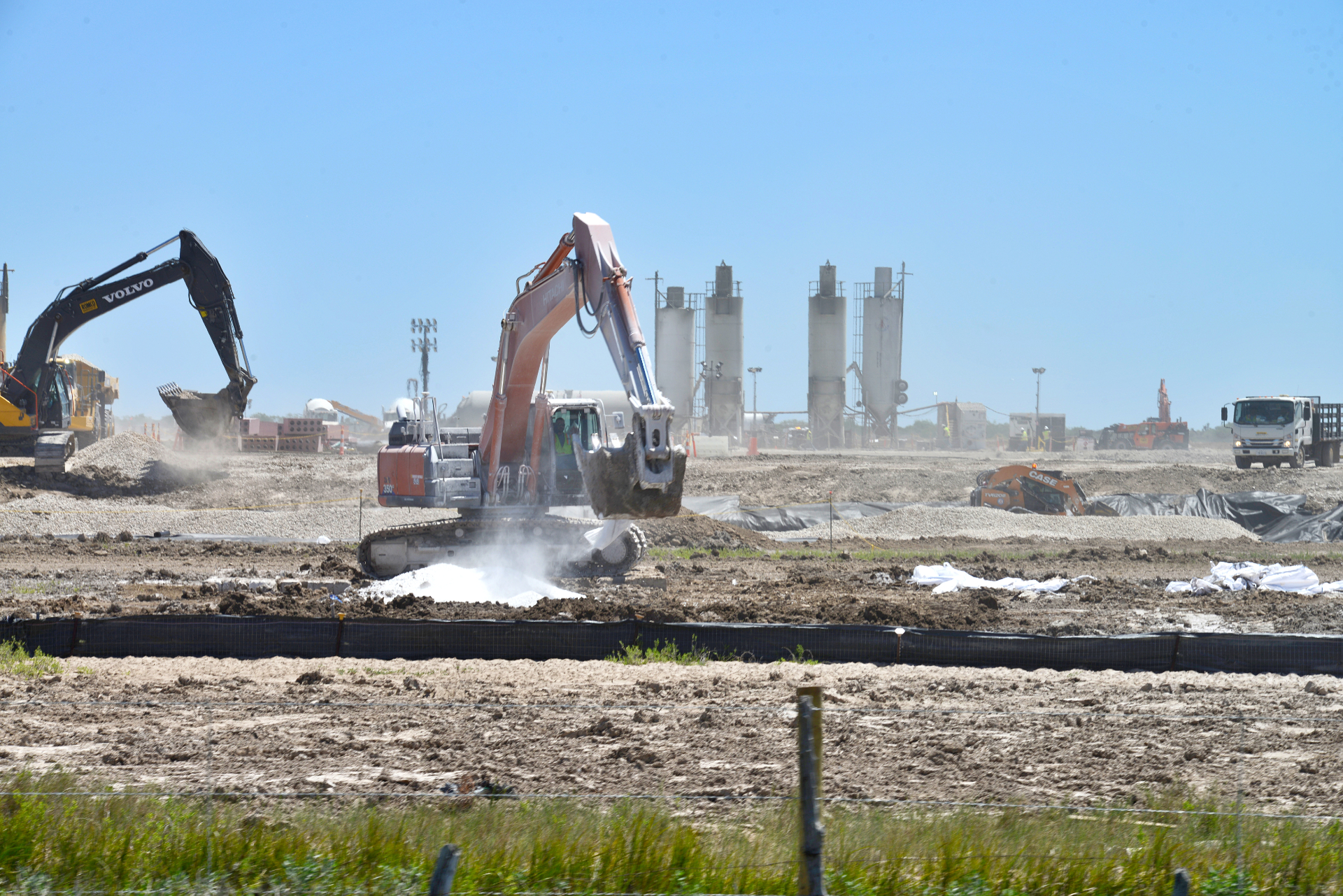Green Growth: Why Eco-Consciousness Must Drive Economic Progress

The devastating collapse of the Rio Grande Valley's billion-dollar sugar cane industry has sent shockwaves through our local economy, leaving behind a landscape of uncertainty and economic challenge. While the loss might initially seem like an unmitigated disaster, some community members are beginning to see potential opportunities emerging from this difficult transition.
The sudden disappearance of such a significant agricultural sector has forced local farmers, entrepreneurs, and community leaders to reimagine economic possibilities. What was once a seemingly stable industry has now become a catalyst for innovation and strategic economic diversification. Resilient local stakeholders are exploring alternative crops, investigating new agricultural technologies, and seeking creative ways to revitalize the region's economic potential.
This unexpected disruption, though painful, may ultimately spark a transformative period of economic reinvention for the Rio Grande Valley. By embracing adaptability and forward-thinking strategies, the community stands poised to turn this challenging moment into a potential turning point for sustainable economic growth.
